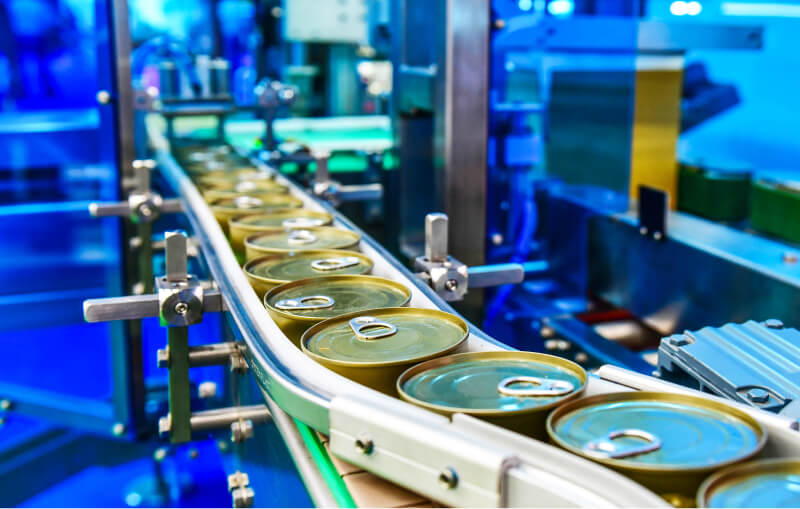Key Takeaways
- The intelligent multifunctional laser bird repeller market is projected to grow from USD 619.4 million in 2025 to USD 1,141 million by 2035, reflecting a CAGR of 6.3%.
- Agriculture accounts for 42% of the market share, driving demand for effective bird deterrent systems.
- Key growth regions include China, India, and Germany, with a strong emphasis on advanced technology integration and sustainable practices.
The intelligent multifunctional laser bird repeller market is evolving with projected growth from USD 619.4 million in 2025 to USD 1,141 million by 2035, indicating a compound annual growth rate (CAGR) of 6.3%. This growth trajectory showcases consistent demand, particularly in sectors like agriculture where effective bird management is critical for crop protection.
Year-on-year analysis highlights a stable growth pattern, with annual CAGRs ranging from 5.9% to 6.5%. For instance, the market experienced growth from USD 456.3 million in 2020 to USD 485.1 million in 2021, reflecting a 6.4% CAGR, and consistent expansion has been evident into 2025. The agriculture sector remains the primary driver, representing 42% of total demand, emphasizing a need for humane and effective wildlife management solutions to prevent crop losses.
The market’s expansion is bolstered by rising environmental awareness and a shift towards humane bird control methods. Increasing complexities in wildlife management and growing agricultural automation are driving demand for advanced laser repellers. Manufacturers are advancing technology, offering AI integration, IoT connectivity, and enhanced targeting systems to meet market needs. Strategic pathways, such as regional expansion and sustainability efforts, are set to capture significant growth opportunities, particularly in Asia-Pacific and emerging markets.
China leads the growth with an 8.5% CAGR, driven by agricultural modernization and the evolution of smart farming technologies. India follows with a projected 7.9% growth rate due to increasing agricultural infrastructure and crop protection awareness. Germany is also on an upward trend at 7.2%, focusing on effective wildlife management systems in its established agricultural sector.
The technology landscape within the market includes important players like Bird Control Group and AVIX International, which are investing in innovative solutions. The competitive landscape is defined by partnerships, technological advancements, and a commitment to operational reliability that meets environmental standards.
In summary, the intelligent multifunctional laser bird repeller market is poised for significant growth, driven by agricultural operations’ need for effective bird deterrent systems, innovative technology integration, and regional market expansion. As environmental sustainability continues to shape industry standards, the focus on humane wildlife management will play a critical role in future developments.
The content above is a summary. For more details, see the source article.















